

The third eye chakra, also known as Ajna in Sanskrit, is the sixth chakra in the body’s energy system. Located between the eyebrows, it is associated with intuition, inner wisdom, clarity of thought, and spiritual insight. When balanced, it allows you to see beyond the obvious, trust your instinct, and experience a deeper connection with yourself and the world around you.
While exploring chakras may seem mysterious or even overwhelming for beginners, in reality, the process is much simpler than it appears. With the right guidance and understanding, you can safely begin to open, unblock, and balance your third eye chakra using practical tools like meditation, affirmations, yoga poses, and mindful daily practices.
In this guide, we’ll cover everything you need to know about the third eye chakra—its meaning, location, color, and symbol, the signs of blockages and overactivity, and step-by-step practices to open and balance it.
Continue reading to gain a clear understanding of what the third eye chakra really is and how to work with it safely.
Learn about the seven chakras in this detailed guide!
The third eye chakra is considered the gateway to higher consciousness. In yogic tradition, it’s this energy center that allows us to look beyond the surface and connect with deeper truths—intuition, inner guidance, and spiritual wisdom.
Traditionally, yogic texts such as the Upanishads describe the third eye as the seat of higher knowledge, while modern perspectives connect it with clarity, focus, and insight. Together, these views highlight its role as the bridge between mind, body, and spirit.
The word Ajna translates to “command” or “perceive.” This reflects the idea that the third eye chakra guides our inner vision, helping us command our thoughts, choices, and insights.
Traditionally represented by a lotus with two petals, it symbolizes the balance between intuition (Ida nadi) and rationality (Pingala nadi).
Traditionally, Ajna is linked to the pituitary gland, often called the “master gland,” which regulates hormones and biological rhythms. It is also associated with the eyes, forehead, and brain functions that govern focus and perception.
These physical connections echo Ajna’s role in awareness and clarity of thought.
While chakras are rooted in ancient philosophy, modern science offers intriguing parallels.
Together, these perspectives highlight that Ajna is not only a spiritual concept but also a reflection of how the mind, body, and intuition work together in harmony.
[inline-CTA-1]
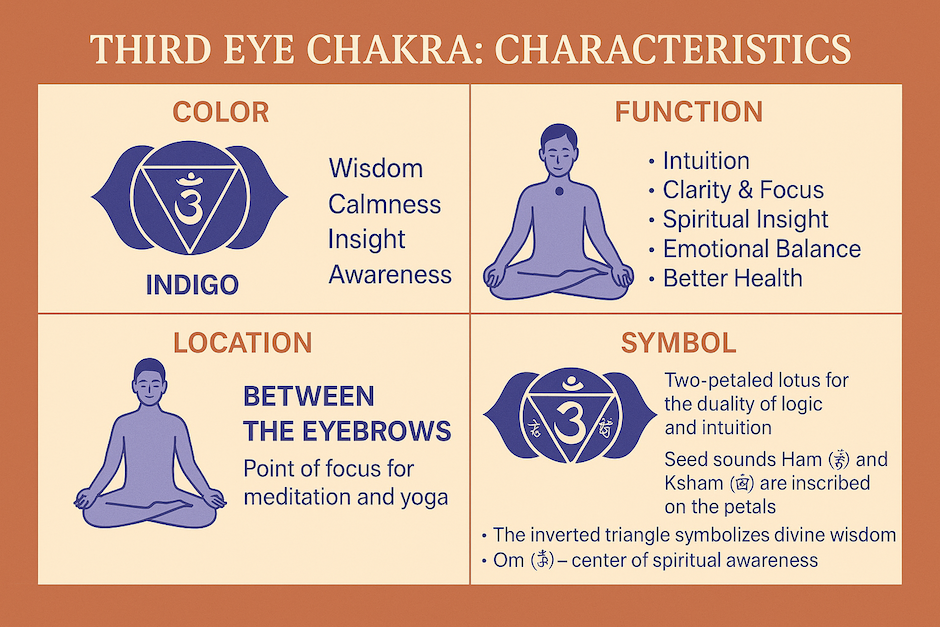
Understanding the color, responsibilities, location, and symbol of the third eye chakra helps bring it into focus for beginners.
The third eye chakra is represented by the color indigo—a deep blend of blue and purple.
The third eye chakra is responsible for more than intuition—it integrates mind, body, and spirit. When balanced, it brings:
The third eye chakra is located between the eyebrows, slightly above the bridge of the nose. This is often called the “brow center” or “eye of intuition.” It’s a subtle point of focus during meditation and yoga practices.
The Ajna chakra is rich in symbolism:
Like all chakras, the third eye can become underactive (blocked) or overactive (excessively activated). Both states can affect mental clarity, emotional stability, and spiritual awareness. Recognizing the signs is the first step toward bringing this energy center back into balance.
Common signs of a blocked third eye chakra include:
A blocked third eye often makes people feel “stuck” in logic, unable to trust their instincts or see the bigger picture.
An overactive third eye chakra can create a different set of challenges. Signs may include:
An overactive third eye can lead to imbalance just as much as a blockage. The key is learning to balance intuition with rational thought so insight remains clear, grounded, and practical.
Opening the third eye chakra can feel mysterious, but in reality, it involves simple, mindful practices that help you connect with your inner wisdom. The key is to approach these techniques gently and consistently without stressing over the results.
Here are safe and effective ways to begin opening your Ajna chakra:

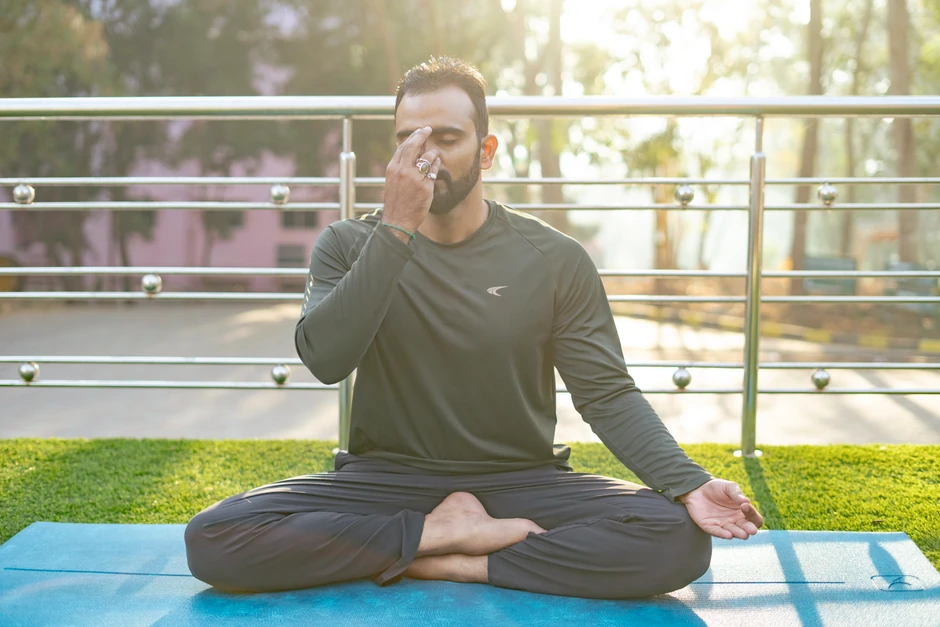
Certain postures gently stimulate circulation and energy flow around the forehead and brow:
Opening the third eye chakra is about gradually cultivating clarity, intuition, and inner wisdom while staying grounded in everyday life.
[inline-CTA-2]
When the third eye chakra is blocked, it can feel like your inner guidance has gone quiet. Mental fog, indecisiveness, and disconnection from intuition are all common signs. The good news is that simple practices can help clear this energy center and restore flow.
If these feel familiar, you may benefit from gentle unblocking practices.

Sometimes, blockages come from stored emotions or unresolved patterns. Helpful approaches include:
Together, these practices help restore flow in the Ajna chakra, allowing intuition and clarity to surface naturally.
Balancing the third eye chakra isn’t just about opening it—it’s about maintaining harmony between intuition and rational thought. A balanced Ajna chakra helps you trust your inner wisdom while staying grounded in reality.

With consistent practice, balancing the third eye chakra helps you stay clear-headed, trust your instincts, and feel more connected to your inner wisdom without tipping into confusion or overwhelm.
Yoga is one of the most effective ways to bring awareness to the third eye chakra. Certain poses help increase blood flow to the head, calm the nervous system, and direct energy toward the brow center.
While doing yoga poses, bring gentle awareness to the space between your eyebrows. Visualize an indigo light glowing there as it deepens the chakra connection.
Here are a few beginner-friendly postures that support balance and activation of Ajna.
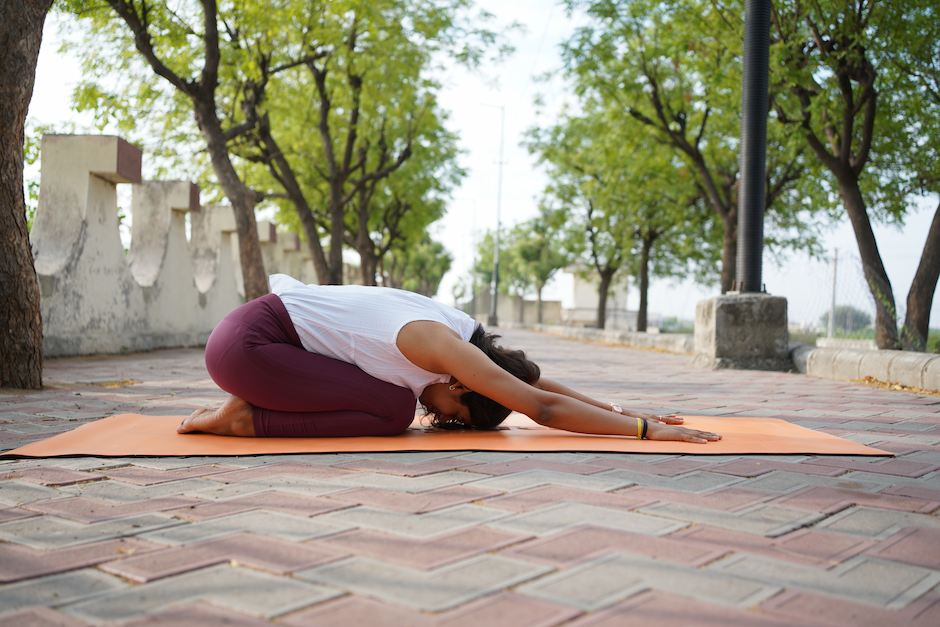
Gently stimulates the third eye point as the forehead rests on the ground, encouraging inward focus and surrender.
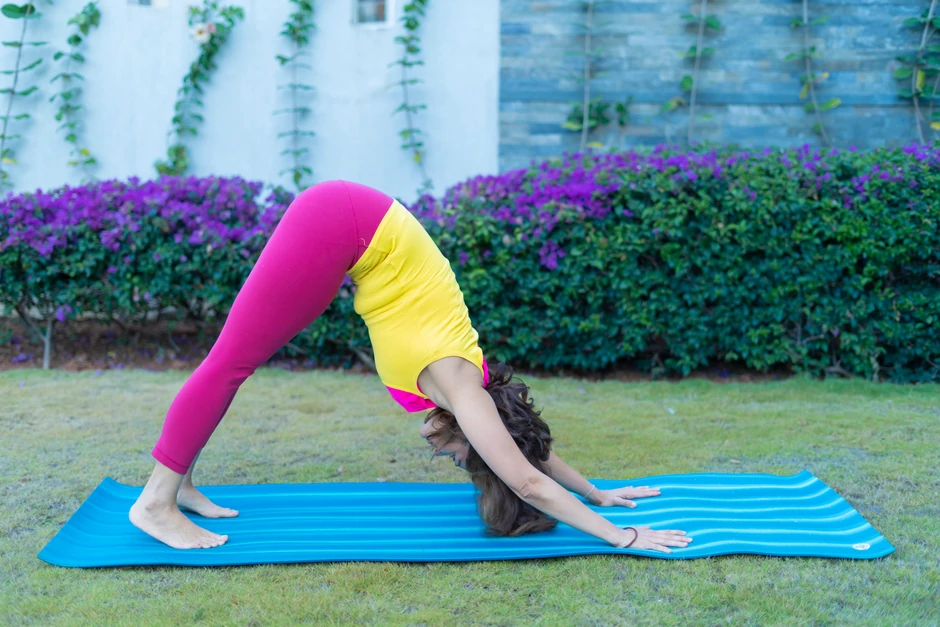
This pose increases circulation to the head, refreshes the mind, and prepares the body for meditation.
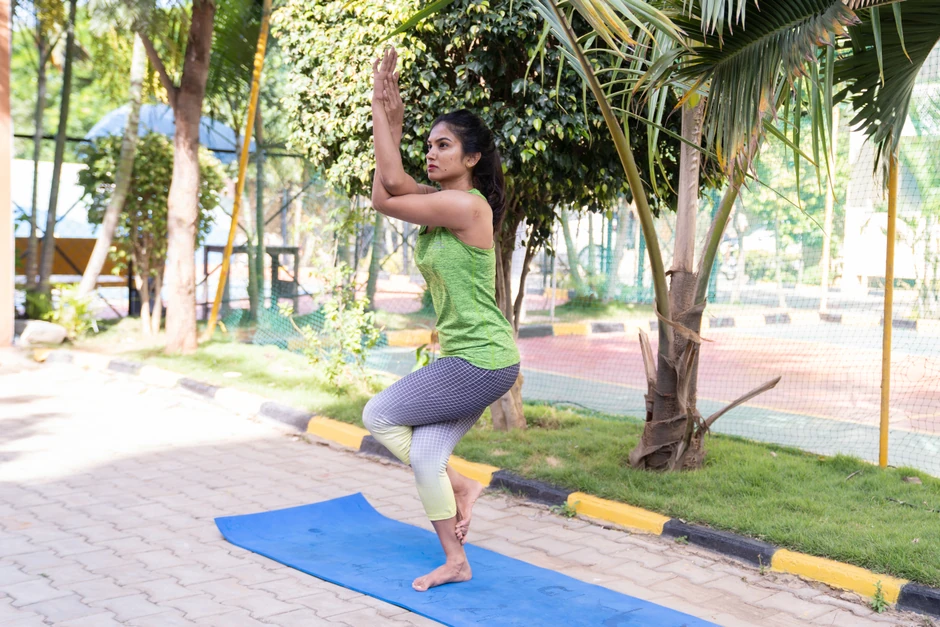
Strengthens focus and concentration, helping to center awareness on the third eye region.
This pose encourages introspection, calms the mind, and stimulates circulation toward the head and brow center.

Affirmations are powerful tools for balancing and awakening the third eye chakra. By repeating positive statements, you can reprogram subconscious beliefs, strengthen your connection to intuition, and invite greater clarity into your life.
The subconscious mind responds to repetition. When you speak affirmations with intention, they help replace self-doubt with inner trust. Over time, this practice encourages the third eye chakra to open gently and safely.
Here are some affirmations you can use during meditation, before sleep, or anytime you need clarity:
With consistent practice, affirmations help quiet mental chatter and deepen your connection to intuition.
Mudras help direct energy flow in the body and activate particular chakras. For the third eye chakra, mudras can enhance concentration, quiet the mind, and stimulate intuitive awareness.
Learn more about Mudras for the 7 Chakras here!
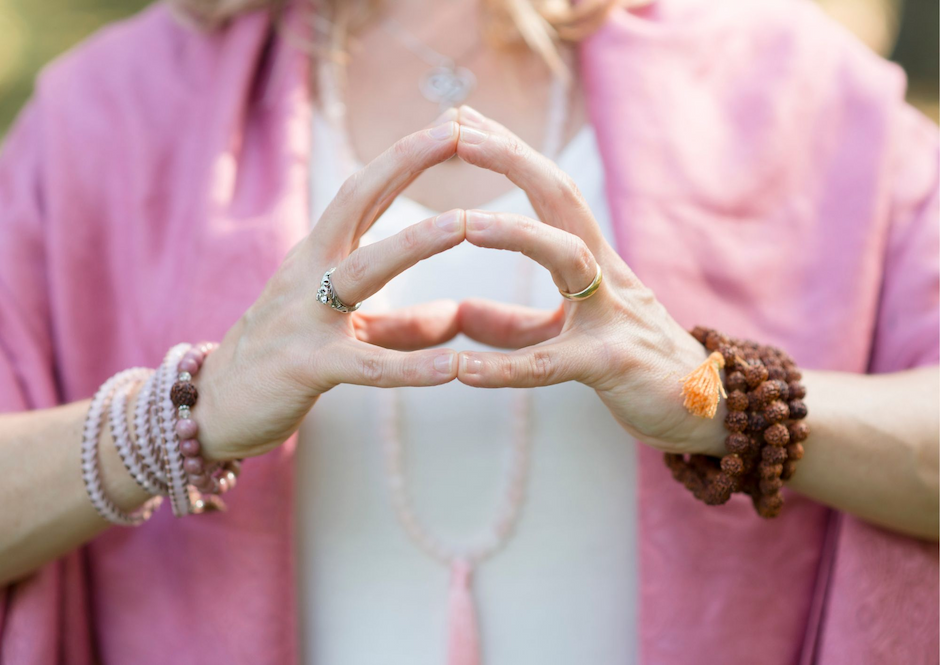
Combine mudras with slow breathing or mantra chanting (such as “Om”) to amplify their effects.
The third eye chakra (Ajna) is more than just a mystical idea—it’s the energy center that helps you access clarity, intuition, and inner wisdom. When balanced, it allows you to see beyond surface-level reality, trust your instincts, and stay connected to both your inner self and the world around you.
With personalized support and authentic training, you’ll gain:
Try chakra meditation for your third eye chakra today!
The third eye chakra is responsible for intuition, clarity, inner wisdom, and spiritual insight. It helps you connect with your higher self, trust your instincts, and see life beyond physical perception. When balanced, it brings mental clarity, emotional stability, and a deeper sense of purpose.
A blocked third eye chakra can cause confusion, self-doubt, and difficulty making decisions. You may feel disconnected from your intuition or struggle to see situations clearly. Physical symptoms like headaches, eye strain, or restless sleep are also common signs of blockage.
To open your third eye chakra safely, start with gentle daily practices:
Consistency and mindfulness are key—avoid forcing sensations or expecting instant results.
The third eye chakra color is indigo, a deep blue-purple shade. This color symbolizes wisdom, intuition, and spiritual awareness. Visualizing an indigo light between your eyebrows during meditation can help activate and balance the Ajna chakra.
An overactive third eye chakra may lead to racing thoughts, difficulty staying grounded, or feeling detached from reality. You might become overly focused on imagination or spiritual experiences. Grounding practices like nature walks, deep breathing, or focusing on the root chakra can help restore balance.

Receive personalized guidance tailored to your unique fitness goals, live with a dedicated coach—no credit card required.